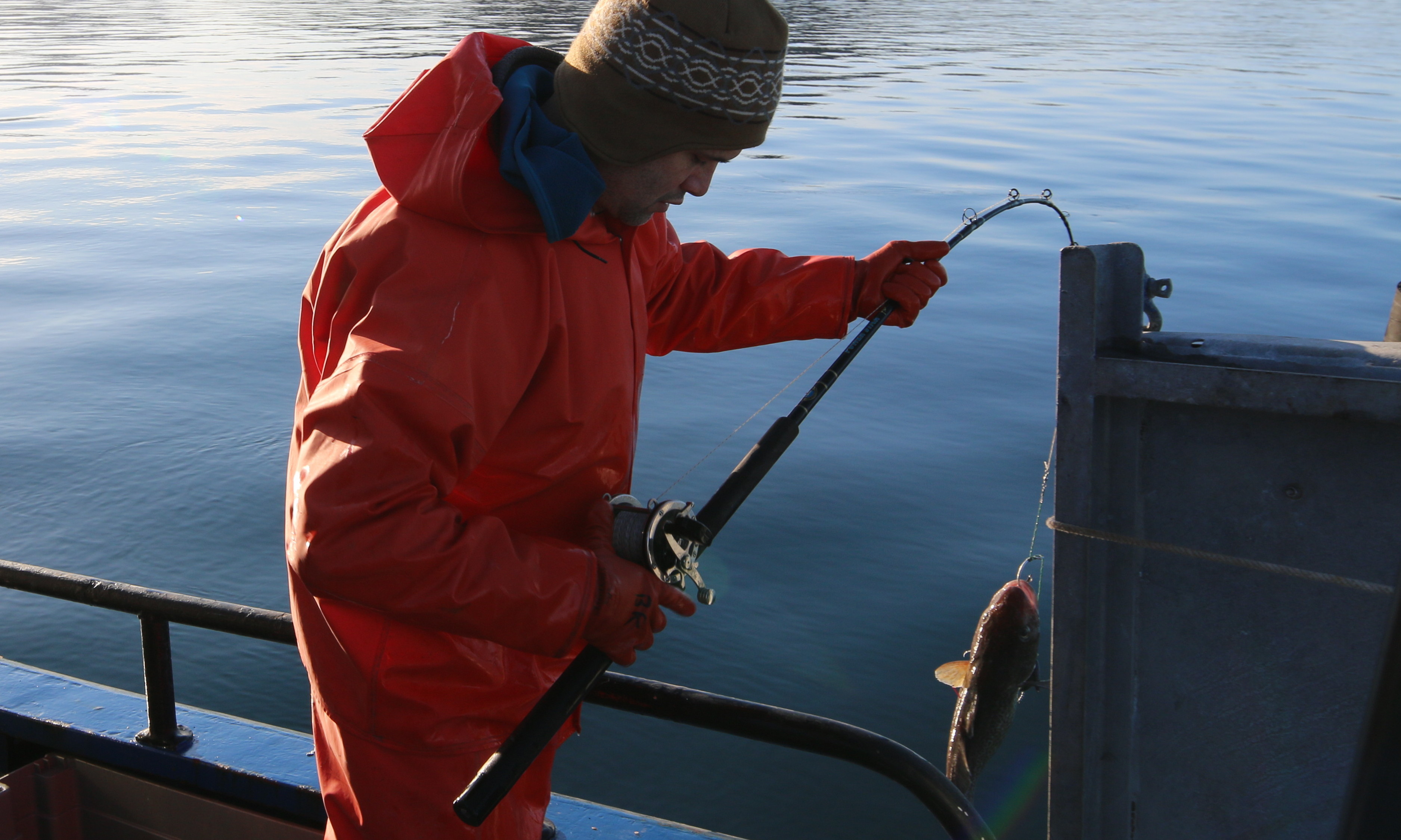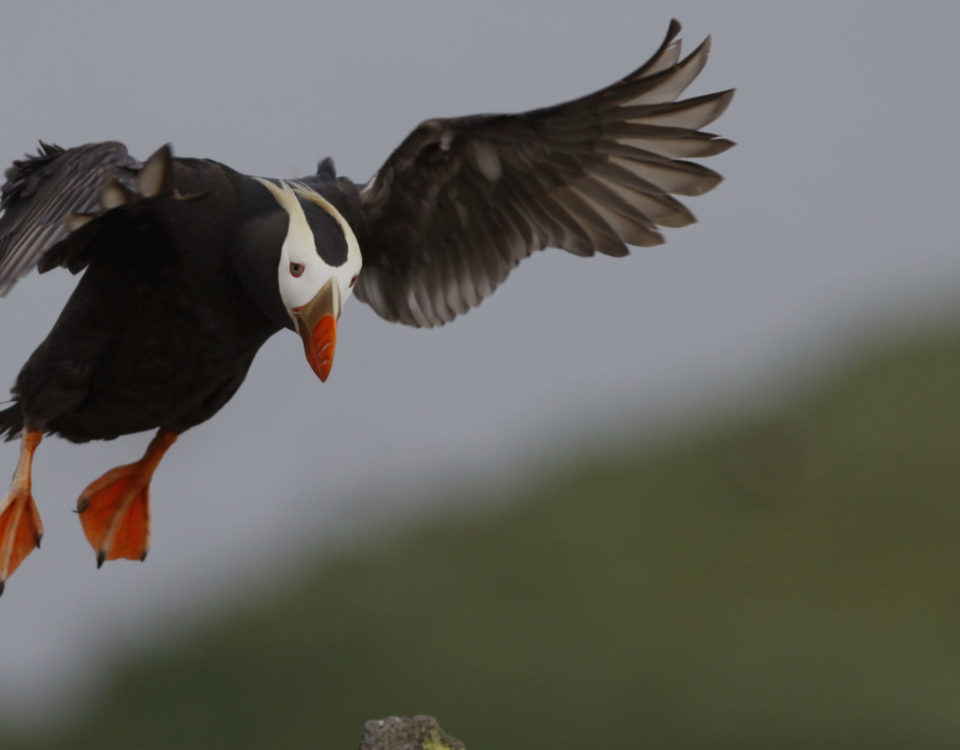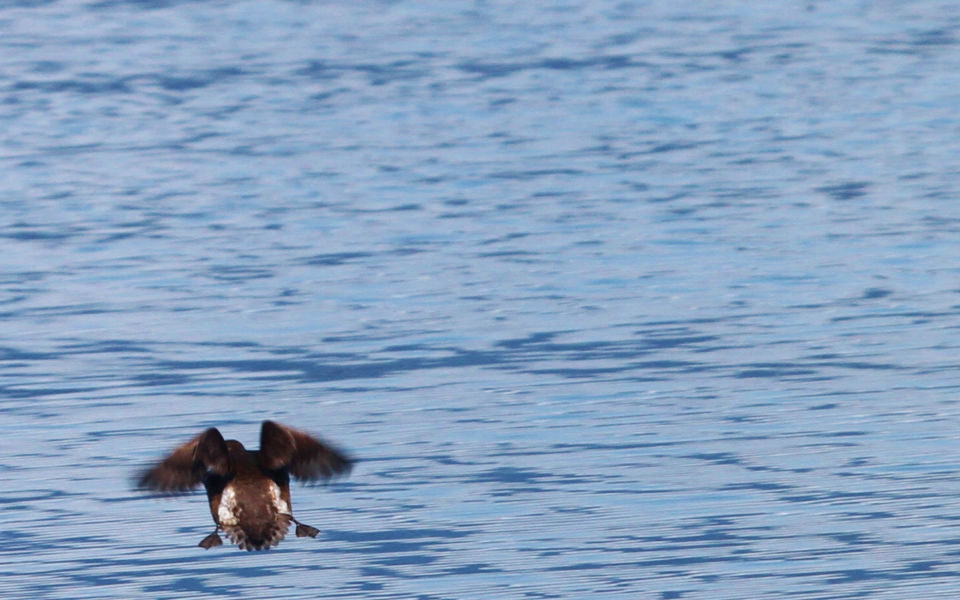Pacific Cod

PROJECT
Pacific Cod
Prince William Sound Pacific cod: Gulf of Alaska migrants or fjord residents?
Background
As adults, Pacific cod (Gadus macrocephalus) are voracious predators that live near the seafloor and forage on fish, crab, shrimp, and other invertebrates. In search of food, Pacific cod can migrate over 200 km (124 miles) to summer feeding grounds. After this foraging period, Pacific cod return to winter spawning grounds. However, Pacific cod that live in fjords and bays may forgo long, directed movements and forage and spawn in the same habitat. These movement behaviors characterize two alternative Pacific cod life-history strategies: migrants that move between distinct spawning and feeding grounds, and residents that remain in the same habitat year-round.
Prince William Sound is a fjord-dominated ecosystem in the Gulf of Alaska that may support a non-migratory Pacific cod population, but the movement patterns of Prince William Sound Pacific cod have not been previously documented. Currently, we are tracking acoustic-tagged Pacific cod as they leave and enter two Prince William Sound fjords and move between Prince William Sound and the Gulf of Alaska.
Methods
Over the course of two winters, we captured 123 Pacific cod in two Prince William Sound fjords. We implanted each fish with an acoustic tag that emits low frequency pings every 2 to 3 minutes. If a tagged cod swims within ~500 meters (1640 feet) of an acoustic listening station, the unique code emitted by the tag is recorded along with the date and time. We deployed acoustic listening stations in the two fjords where we captured Pacific cod. In addition to these locations, we deployed 34 acoustic listening stations across the major entrances and passages connecting Prince William Sound to the Gulf of Alaska. This accomplishment was supported by the Ocean Tracking Network. With this extensive acoustic listening infrastructure, we can monitor seasonal habitat usage and large-scale movements of acoustic-tagged fish.
What we will learn
Do Prince William Sound Pacific cod commonly move into the Gulf of Alaska? Our research will address this question and investigate if migrant Pacific cod return annually to specific fjords in Prince William Sound to spawn. Findings from this project will advance understanding of Pacific cod ecology and support sustainable management of the Prince William Sound Pacific cod fishery.
Photo credit: Casey Pape, Montague Marine Research, LLC
PRINCIPAL INVESTIGATOR
Mary Anne Bishop, Ph.D.
PWS Science Center
mbishop@pwssc.org
RESEARCH PERIOD
2013-2016
FUNDING
North Pacific Research Board, Project number 1306Ocean Tracking Network
Rasmuson Foundation




